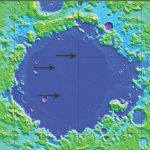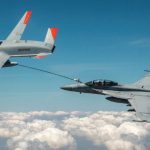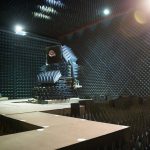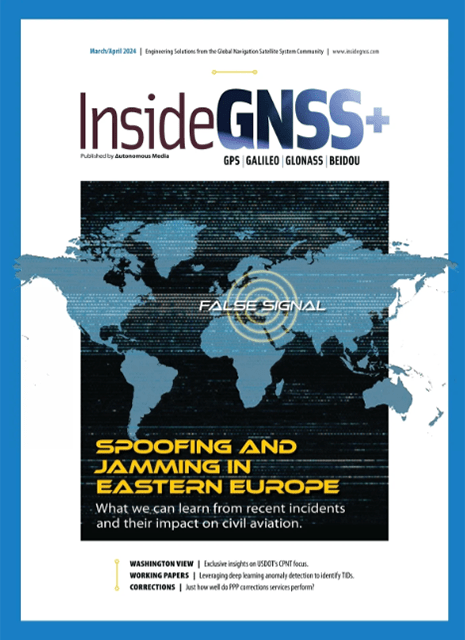Washington View: Big Wheels Keep On Turning – Rolling On The River To 5G
Ligado Networks had an early-year win in the form of a Federal Communications Commission denial of the National Telecommunications and Information Administration Stay Petition involving Ligado’s license for a terrestrial service in the mobile satellite services L-band. The company continues to roll toward deployment of a nationwide 5G network. While filings trickle in from the private sector, the feds work quietly behind the scenes on Congressional due-outs. In short, wheels big and small keep churning down the river to 5G.
By Dawn M.K. Zoldi (Colonel, USAF, Ret.)











